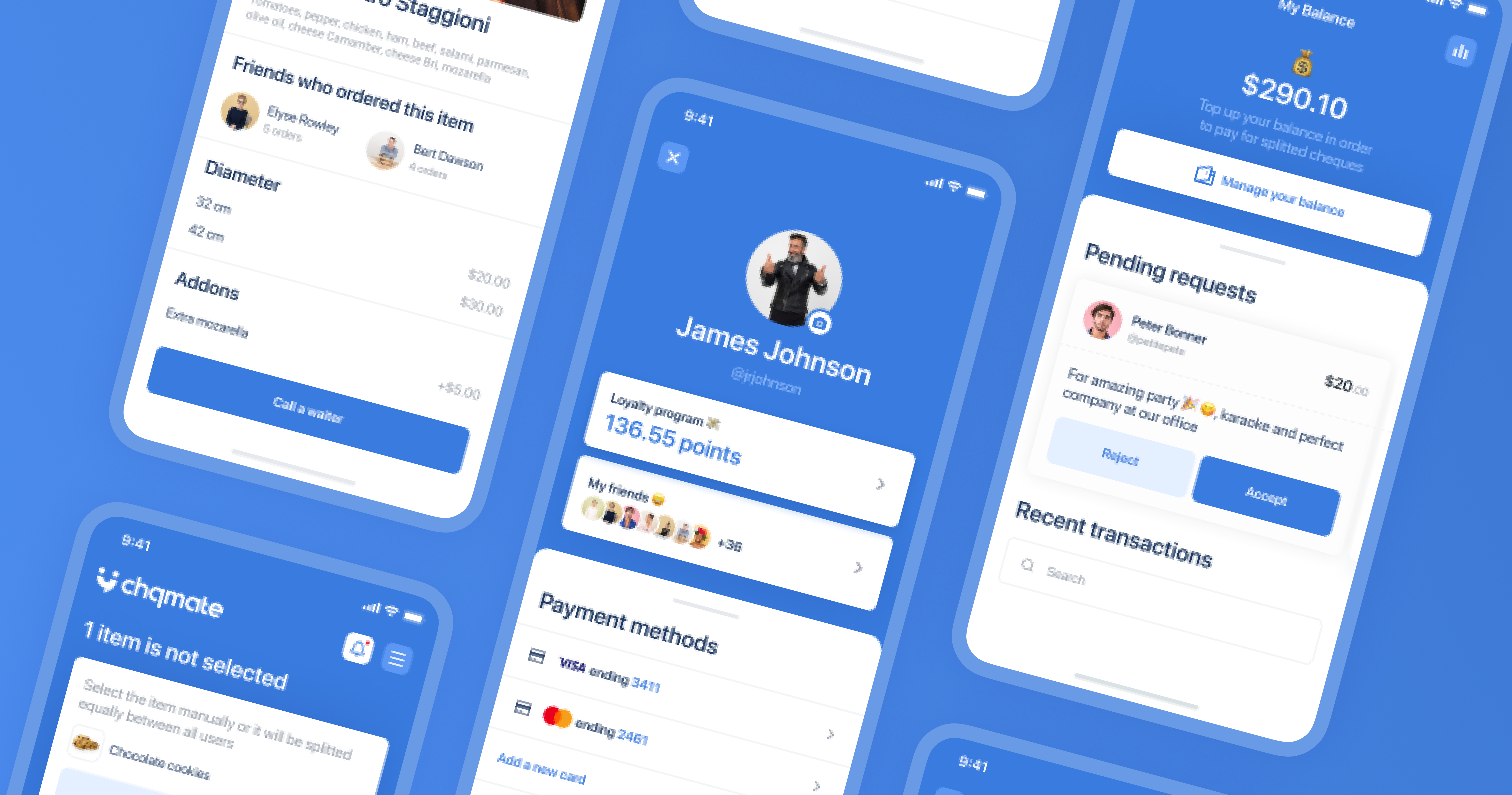

Creating Designs from Nothing
source link: https://uxplanet.org/creating-designs-from-nothing-9582521af2fd
Go to the source link to view the article. You can view the picture content, updated content and better typesetting reading experience. If the link is broken, please click the button below to view the snapshot at that time.
Creating Designs from Nothing
You know the situation when a client tells you: “I want to create a startup. I want it to be FinTech”. And you have to start making a design from that point. But how?
We all have been in this sort of situation. When it happened to us for the first time, we were a bit in panic. We’ve met a client, who actually wanted to be a startup owner. His idea was to make an app for people who will be paying for checks in restaurants together. We had no functions list, no screen map and even no user description. So, we had to create all the app on our own.
It turned out to be a successful startup with an app for 153 frames, 2 dashboards, landing page and dozens of small design projects.


When we’ve met another client with no requirements for the second time, we’ve decided to make a brief at any costs. However, the only thing client could describe was the idea to make B2B solution, that allows businesses analyzing risks. We had to study risk analyses, decision trees and AI-based B2B tools on our own to start working on the design process.
Finally, it became an awesome, easy to use solution for business.

More and more clients without requirements kept on appearing. And despite the fact we could repeat out non-brief-design-miracle again and again, we’ve decided to take another path and turn brief absence into the advantage.
UX Researches
The first thing that helped us was UX Research. Yes, telling the truth, in most cases, such researches are more important to the design team, than to the client. However, when there is not enough information about the project, research is a key thing, to begin with.
The client has no structure? He doesn't know how a user interface should look like? He doesn’t know what the flows will be? Okay, it’s okay! We can make it on our own.
- Being with the market and niche analyses. Use similarweb to analyze the competitors and identify the key data about the users.
- Make an audition of direct and indirect competitors and best practices. You can find awesome UX solutions in interfaces with bad UI, as well as you can easily find good UI solutions in a non-working interface. Look wider and look for inspiration.
- Study users — Jobs to be Done helps a lot as always. Based on the tasks of users, create the notes on how the app will be solving them and then, based on it, outline a functions list.
- Based on the functions list, create a screen map and a user flow diagram.

Now you have everything may be needed to begin a well-grounded design process, that will lead to the high-quality design. But one thing remains.
Think as a Startuper
You need to think like a startup owner to make a good design for the startup owner. Always think of the clients business — like of your own. Only in that case, you will be able to understand it completely and make everything you can to make the design work both for the company and for the end-user.
When we had no data, no brief and no researches at all, we always were putting ourselves at the client’s place. And we always were caring about it like about our own business. And in that case, the client always was receiving the best quality design and was thinking of us not just like of the design studio, but of the partners on the outsource.
Having brief is a simple and good way to begin cooperation. However, as it usually happens, the easy way is not always the best one. The brief can be incorrect, client may not give you the full scope of the information you need. Moreover, sometimes it happens so that clients don’t know their product for real. So, you need always to be engaged in the process. Gather data, study the business before making a design for it and it will show you, how perfect such a way can be and how far can it take you!
Recommend
About Joyk
Aggregate valuable and interesting links.
Joyk means Joy of geeK